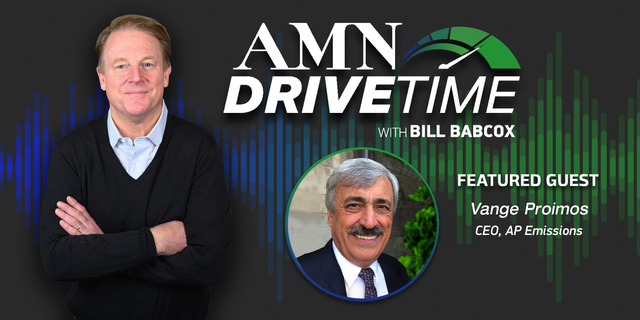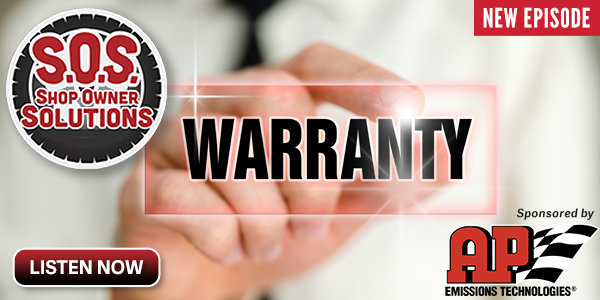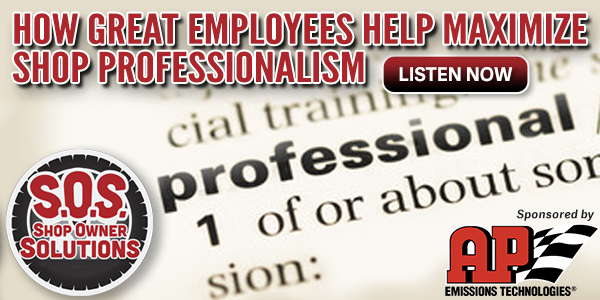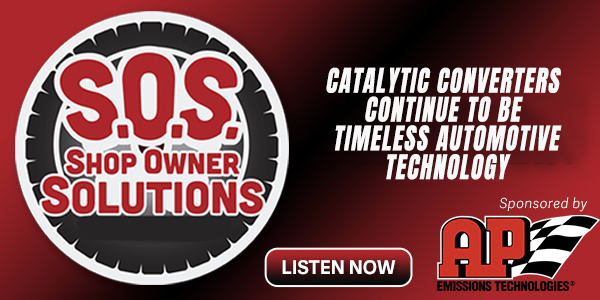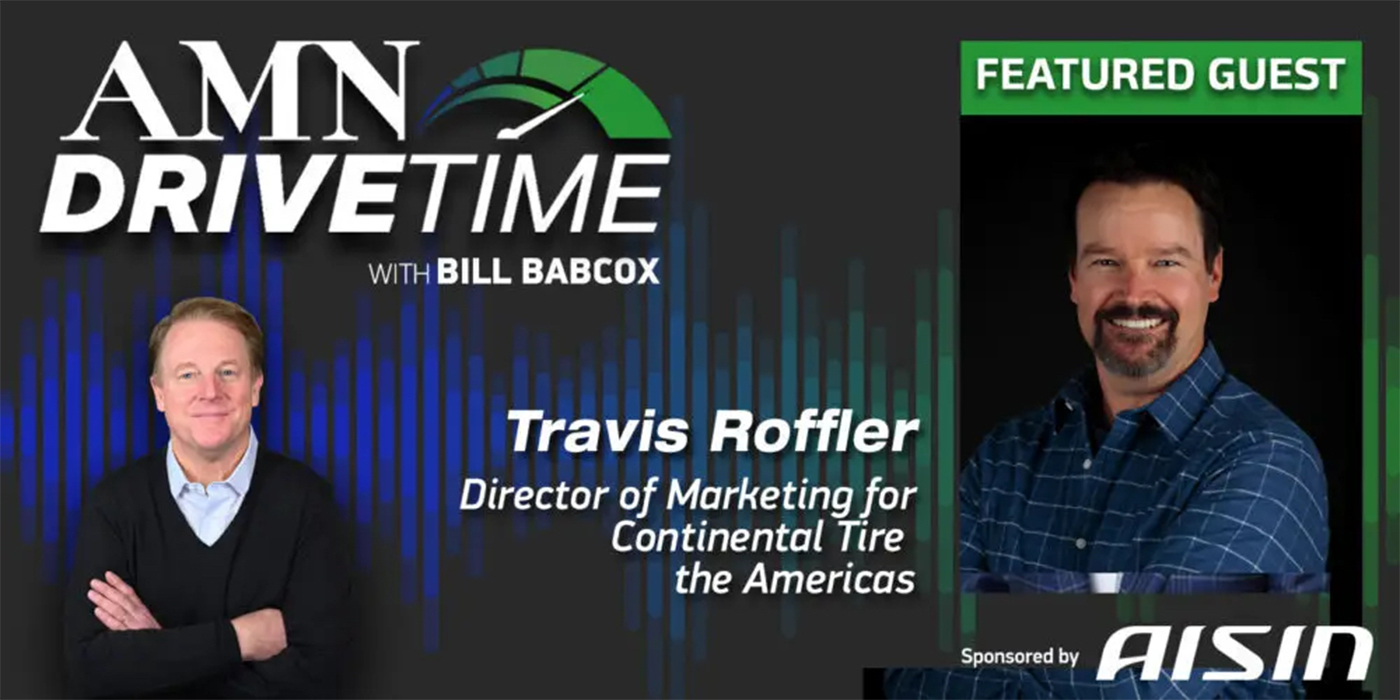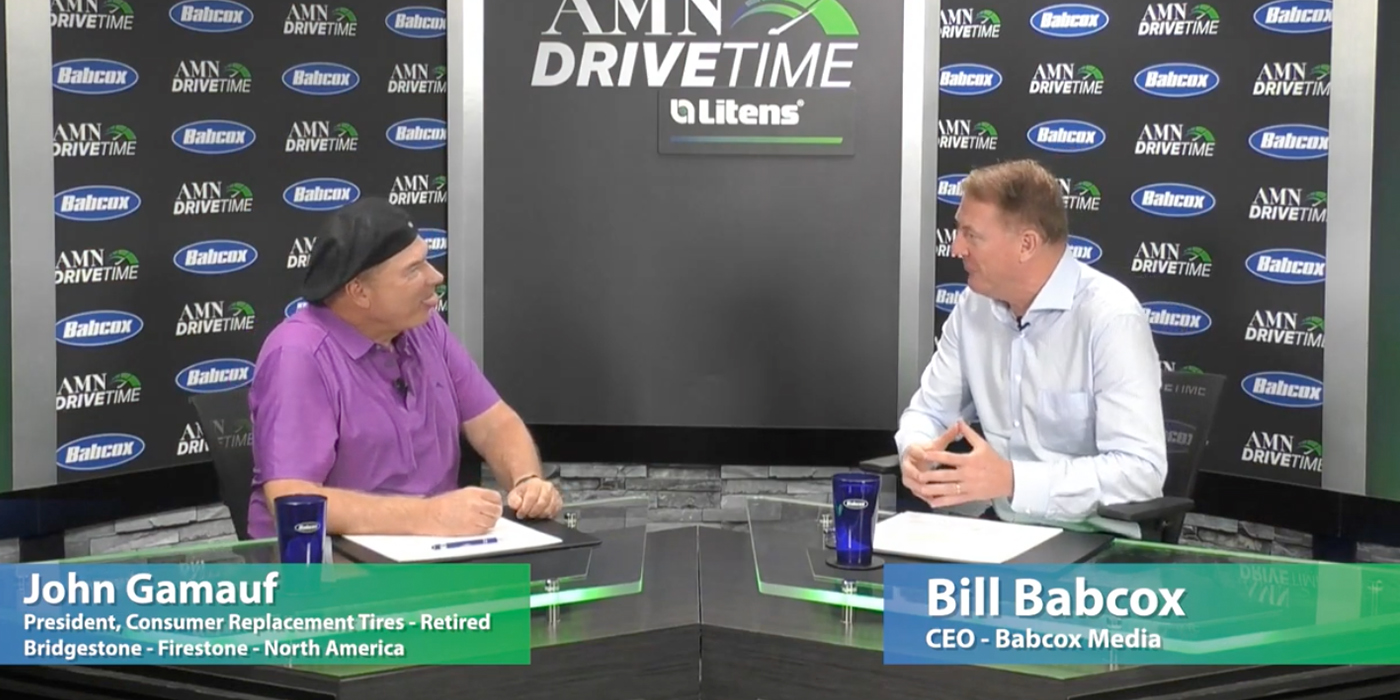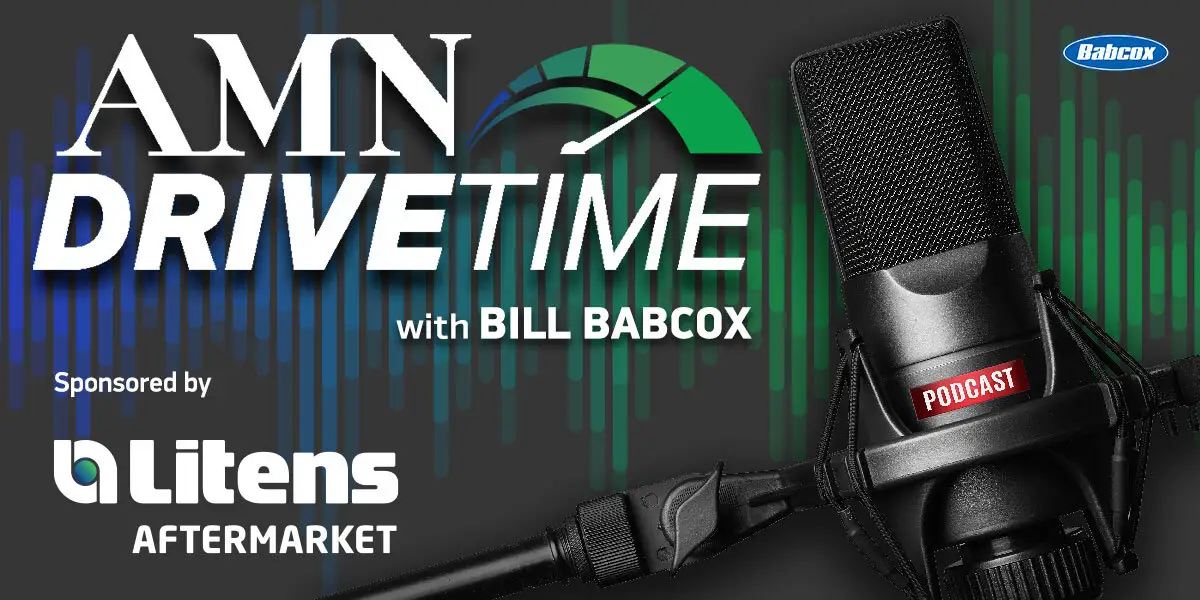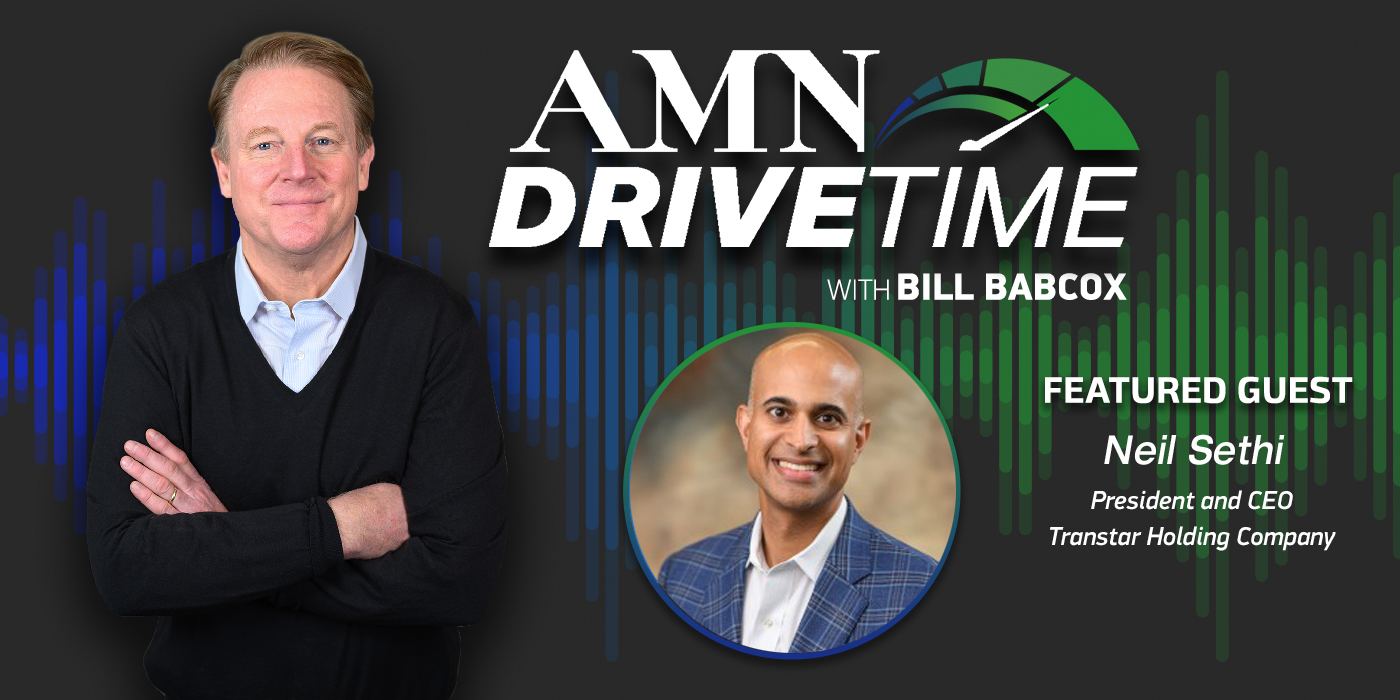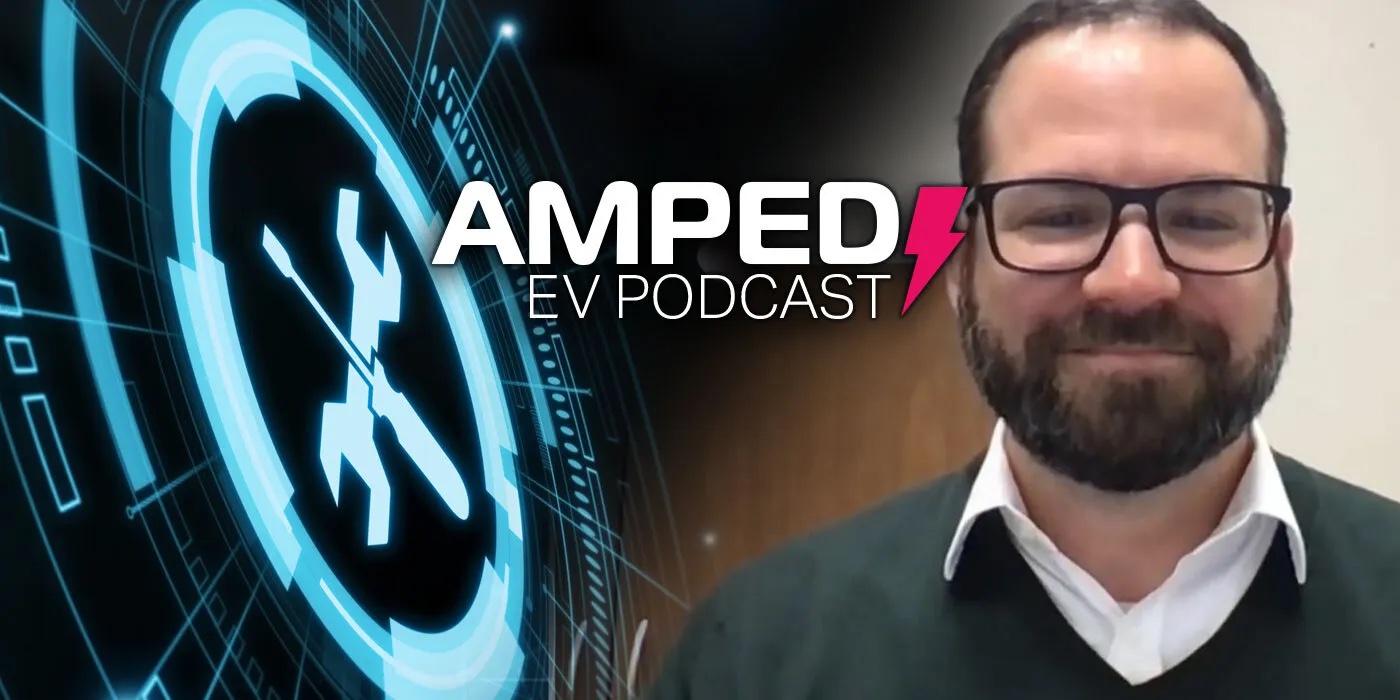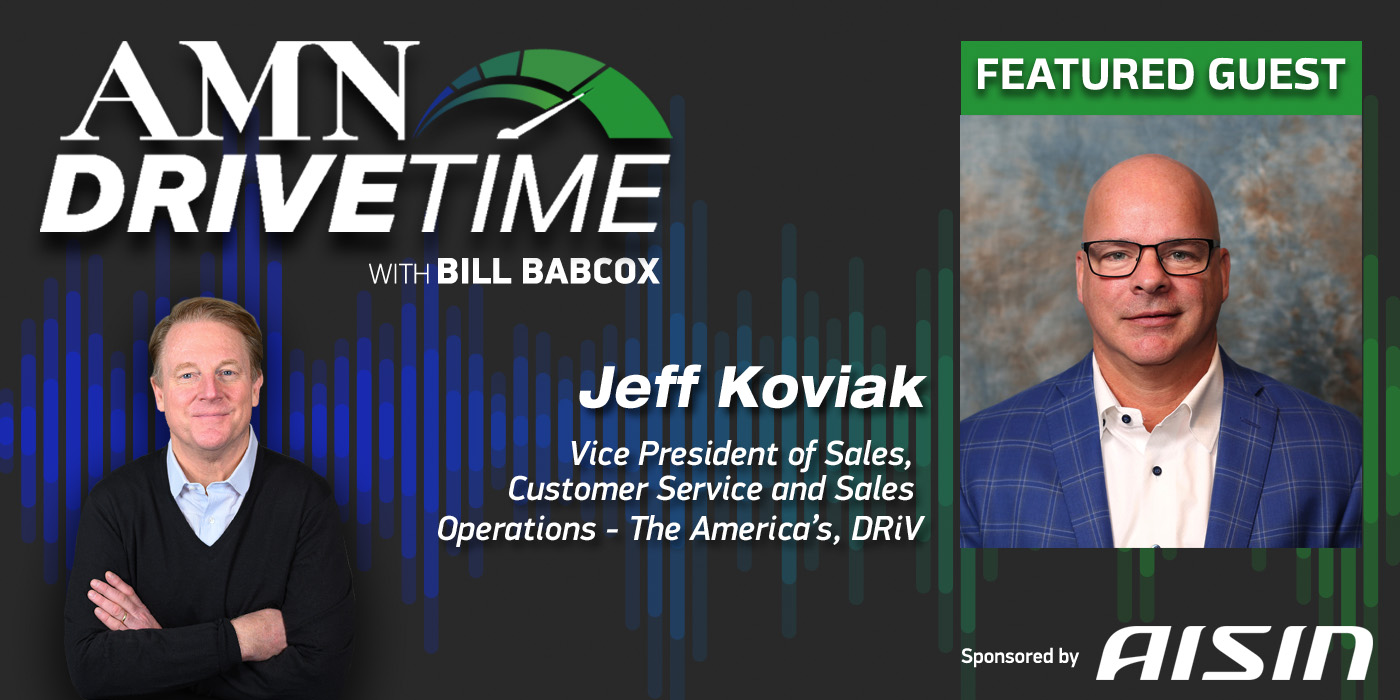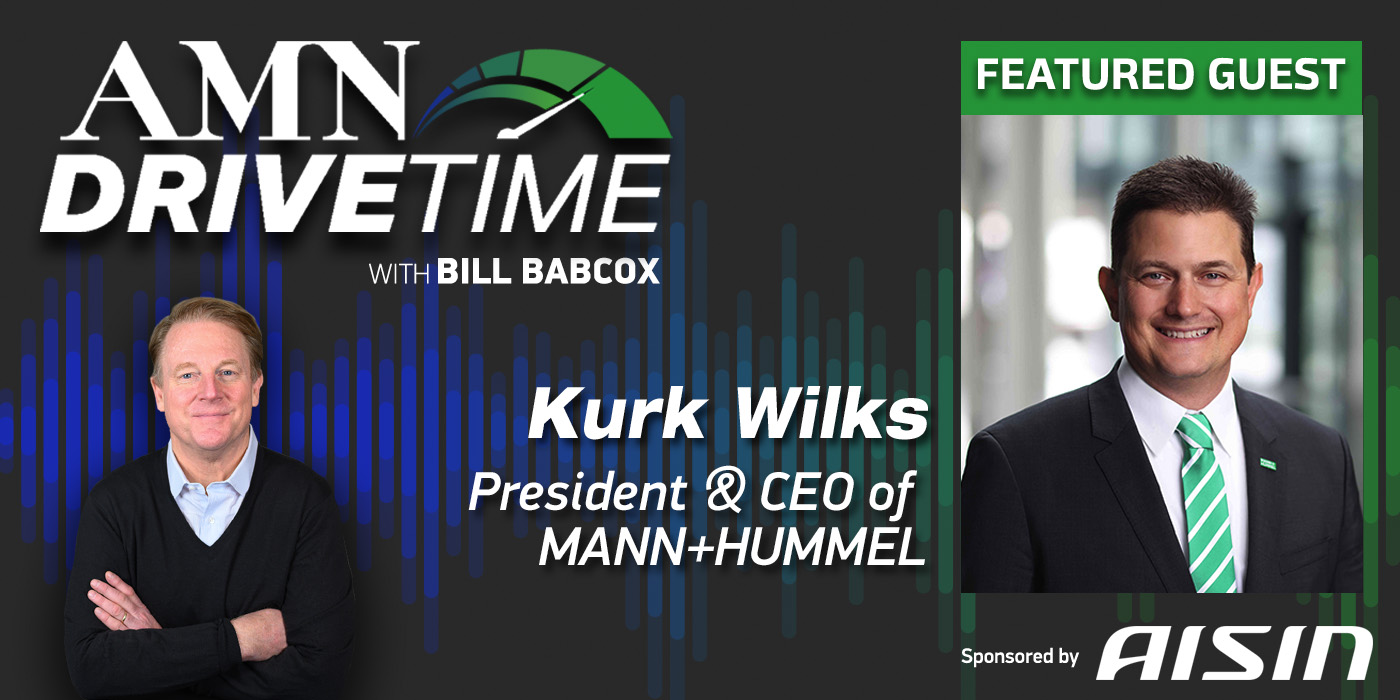Returning from the first in-person AAPEX since 2019, AMN Drivetime host Bill Babcox sits down with Vange Proimos, CEO of AP Emissions, to talk about his journey from technician and shop owner to leading a privately owned, family run business. A well-known industry advocate for many years, it was Proimos’ experience as a technician and shop owner that has informed much of his success as business owner as well.
Right out of high school, Proimos and his brothers started in the gas station business, “when Jimmy Carter was president and the gas shortages were in effect. We really didn’t sell a lot of gas, so we got into auto repair and 24-hour towing, doing that for many years,” he said.
Eventually Vange and his brothers turned the business into a specialty muffler shop, and over a 10-year period grew the business to about 21 shops. After that, EPA laws were created for aftermarket converters and according to Proimos, “no one was really doing a good job at it from the installer’s point of view,” he says. “There were about 50 different kits to make it fit and the installer really wanted a direct fit converter.” So Proimos and his brothers began building catalytic converters, under the brand name CATCO.
[spreaker type=player resource=”episode_id=47608809″ width=”100%” height=”200px” theme=”light” playlist=”false” playlist-continuous=”false” chapters-image=”true” episode-image-position=”right” hide-logo=”false” hide-likes=”false” hide-comments=”false” hide-sharing=”false” hide-download=”true”]
From there, the Proimos brothers grew the catalytic converter business. They sold their muffler shops to their employees, and in 1998 purchased the aftermarket division of AP Emissions, in Goldsboro, North Carolina. In 2014, his brothers wanted to retire but Vange stayed on board and sold the business to a private equity (PE) firm, which consolidated AP with a brake business. A number of factors – including import tax duties and exploding precious metal costs – led the PE firm to sell the company and Proimos bought his beloved family business back. That was in September of 2020.
“It feels really good,” he says. “The people have really come out and helped us in every aspect.”
“Our whole goal is to understand what our customers want and need and how to get to their wants and needs,” he said. “And by doing that our company becomes successful because they buy more products, and we make more products and our people work harder. That’s how we look at it.”

